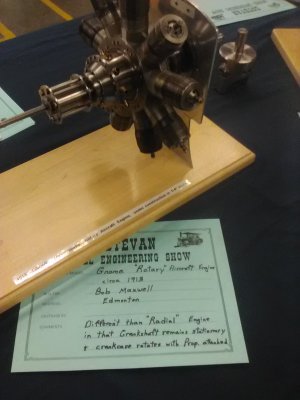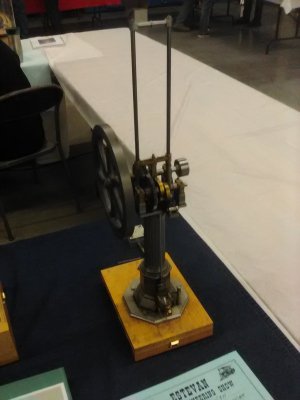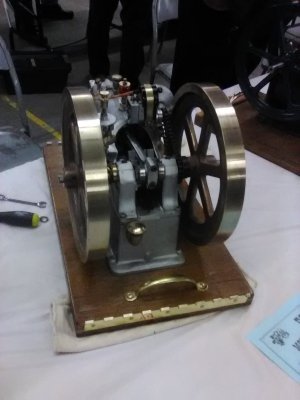Dabbler
ersatz engineer
@johnnielsen and I went out to Estevan, Sask for North America's oldest Model Engineering Show. It has been held since the 80s.
There were about 50 booths, and everyone was very friendly. An overview of the proceedings:

Here are a few highlights that caught my fancy:
For @PeterT a radial engine, but with a twist: Peter ( got his contact details if you are interested)

it featured 3 non-compression engines, 2 of which were working for the show:


A large number of multi-cylinder engines, but this one really impressed me:

I had to include at least one hit-and-miss engine:

We had a great day and good weather for driving. Well worth the effort.
There were about 50 booths, and everyone was very friendly. An overview of the proceedings:

Here are a few highlights that caught my fancy:
For @PeterT a radial engine, but with a twist: Peter ( got his contact details if you are interested)

it featured 3 non-compression engines, 2 of which were working for the show:


A large number of multi-cylinder engines, but this one really impressed me:

I had to include at least one hit-and-miss engine:

We had a great day and good weather for driving. Well worth the effort.

